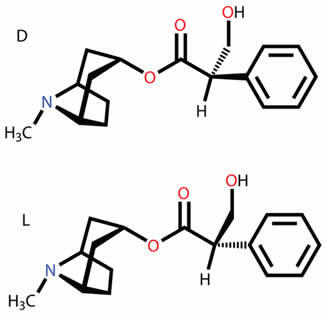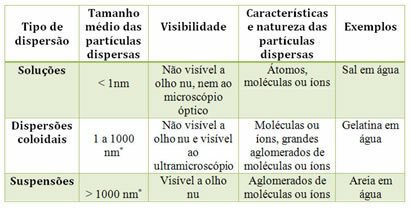THE chain isomerism is a type of flat or constitutional isomerism, that is, in which two or more compounds have the same molecular formula (the same chemical elements and in the same amount), but they differ by the formula structural.
In the case of chain isomerism (also called core isomerism or skeletal isomerism), the compounds belong to the same organic function, but the difference is in the type of chain.
For example, we can have the following cases:
1 - One isomer can have an open (acyclic) chain, while the other has a closed (cyclic) chain;
2 - One isomer can have the chain saturated (only single bonds between carbons), while the other isomer is unsaturated (has at least one double bond between carbons);
3 - One has the normal chain, while the other has the branched chain;
4 - One has the homogeneous chain, and the other has the heterogeneous chain.
If you have any questions about these types of carbon chains, read the text Classification of carbon chains.
Now look at some examples of chain isomerism:
1- Open and closed chain:
The following isomers have the molecular formula C5H10, but they differ by the fact that one has an open chain and the other has a closed chain:

Chain isomers (open and closed)
In addition, this example also fits into the following type of chain isomerism:
2- Saturated and unsaturated chain:
In the previous example we saw that the chain of pent-1-ene is unsaturated, as it has a double bond between two carbons, while cyclopentane is saturated, that is, it only has single bonds.
See another example: Molecular formula: C3H6:
CH2 ═ CH ─ CH3 and CH2
/ \
H2C CH2
propene cyclopropane
Do not stop now... There's more after the advertising ;)
3- Normal and branched chain:
This type of isomerism can occur in closed or open chains. For example, the cyclopentane shown in the first item does not have branches, but another of its isomers, methylcyclobutane, does. Look:

Chain isomers (normal and branched)
Now look at an example of this type of open-chain isomerism. The molecular formula of the following isomers is: C4H8O2:
H3C CH2 CH2─ COOH and CH3 ─ CH ─ COOH
│
CH3
Butanoic acid 2-Methylpropanoic acid
4- Homogeneous and heterogeneous chain:
A homogeneous chain is one that only has carbon atoms, while a heterogeneous chain is one that has a heteroatom, that is, an atom of some chemical element between carbons, such as oxygen, nitrogen, sulfur and phosphor.
Example: C2H7N:
H3C ─ N CH3 and H3C CH2 ─ NH2
│
H
dimethylamine ethylamine
(heterogeneous) (homogeneous)
By Jennifer Fogaça
Graduated in Chemistry
Would you like to reference this text in a school or academic work? Look:
FOGAÇA, Jennifer Rocha Vargas. "Chain Isomerism"; Brazil School. Available in: https://brasilescola.uol.com.br/quimica/isomeria-cadeia.htm. Accessed on June 27, 2021.
Chemistry

Know what the various types of plane and spatial isomers are all about, such as function, position, chain, tautomerism, metamerism, cis-trans geometric and optical isomerism.



